
While in office, the Vice President of the United States is but a heartbeat or resignation from the top job. Nine of the fifteen vice presidents who ascended to the presidency succeeded the president through death or resignation. Though the last was over fifty years ago. Modern vice presidents with greater ambitions don’t have a great track record with voters. Kamala Harris was but the latest in a long line of second fiddles who couldn’t make the step up to the big chair. This article will examine each time a vice president has failed to win the presidency.
For the purposes of this collection, only those who made active efforts to win the presidency after serving as vice president will be included. Those who settled for second spot after failing to land the top job won’t be featured here.
Why This Matters

A former or sitting vice president might seem to be a natural choice for a party’s nomination, but few have succeeded along this path. The second spot is a bit of a poisoned chalice. By nature, a vice president is consigned to the background yet will inevitably have to answer for their administration’s actions. The political price for widespread name recognition is a high one. While quite a few vice presidents later secured their party’s nomination, several didn’t even get that far.
1 – Richard Mentor Johnson
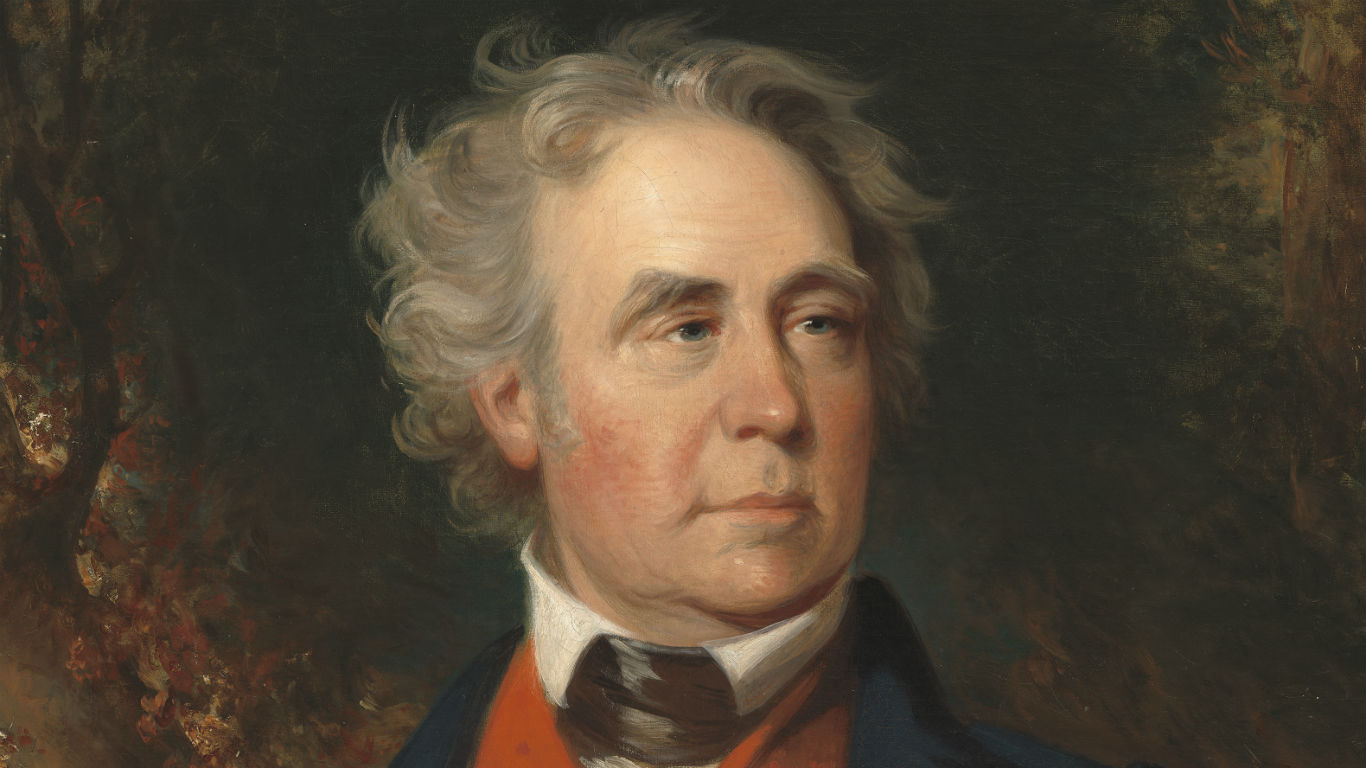
Party: Democratic
In office: 1837-41
Lost election: 1844 (not selected at the convention)
At the 1844 Democratic National Convention, James K. Polk won an upset victory to secure the party’s nomination, appearing first on the 8th ballot. Polk bested two former vice presidents (John C. Calhoun was never a serious contender) and Martin van Buren in the race. Richard Mentor Johnson, Van Buren’s vice president, was axed from the 1840 ticket by the party but unsuccessfully sought the nomination four years later.
Johnson claimed to have killed the Shawnee leader Tecumseh during the War of 1812, though there’s no evidence to support or refute this claim. The alleged incident helped catapult Johnson’s career in politics. His private life and children with his common-law wife, a slave named Julia Chinn, were considered major liabilities at the time.
2 – John Cabell Breckinridge

Party: Democratic
In office: 1857-61
Lost election: 1860
A Southern Democrat and the incumbent vice president, John C. Breckinridge swept the southern states in the 1860 four-way election that preceded the American Civil War. Though not on the ballot in the southern states, Abraham Lincoln won both the popular vote and the Electoral College. Breckinridge became a Senator for Kentucky immediately after leaving the White House and initially called for a peaceful solution to the impending crisis.
After eventually siding with the Confederacy, he was expelled from the Senate in 1861. He served as a general in the Confederate Army until 1865, when he became Secretary of War. He spent a few years in exile before returning to Kentucky to practice law until his death in 1875.
3 – Levi Parsons Morton
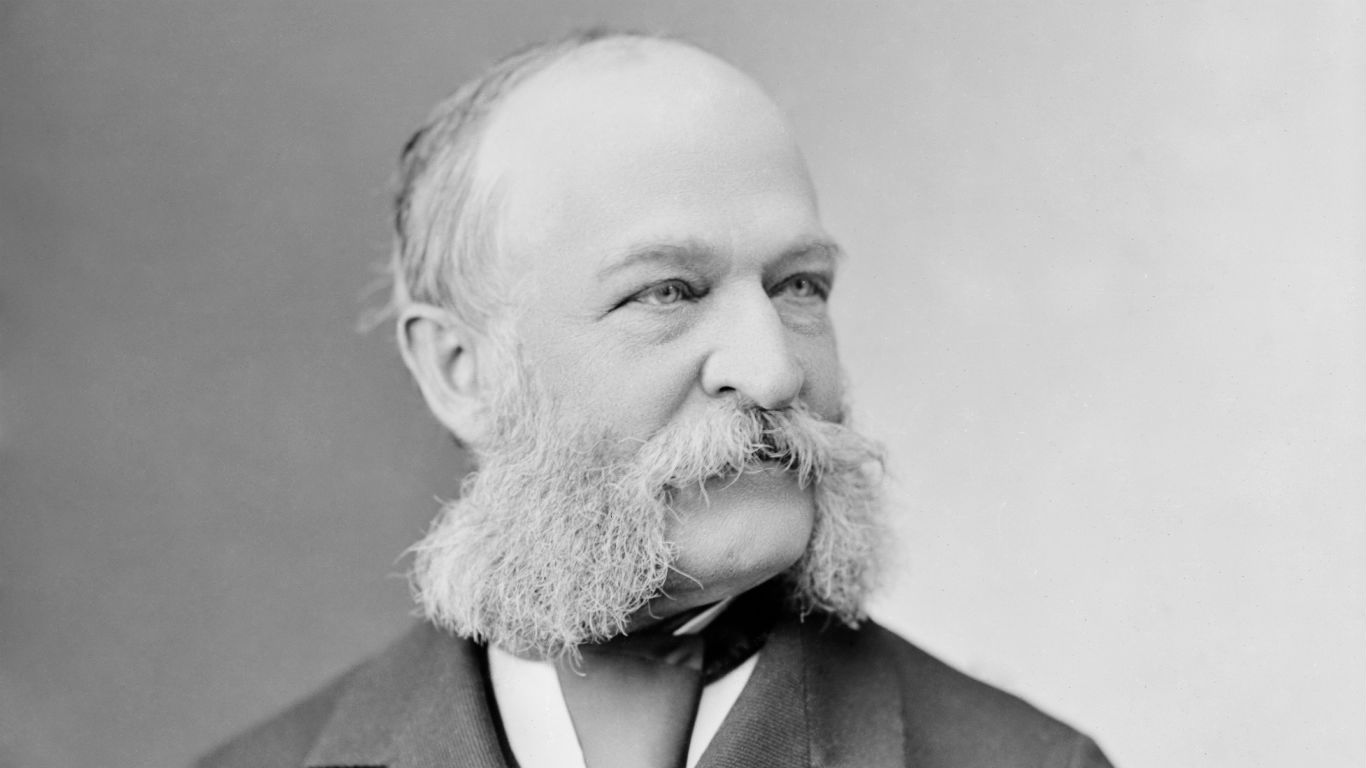
Party: Republican
In office: 1889-93
Lost election: 1896 (not selected at the convention)
Levi P. Morton was initially considered for the vice presidency in 1880 but declined to serve as James A. Garfield’s running mate under the advice of Roscoe Conkling, who thought Garfield would lose. Garfield won but was assassinated less than a year after assuming office. Morton’s loss was Chester A. Arthur’s gain. Morton got another chance at the vice presidency in 1888 as Benjamin Harrison’s running mate.
Though Harrison and Morton lost the popular vote, they eked out a narrow win in the Electoral College. Morton was a steady vice president known for his skill in handling the Senate but was dumped from the 1892 ticket. He sought the Republican party’s nomination in 1896 but lost out to William McKinley.
4 – Adlai Ewing Stevenson
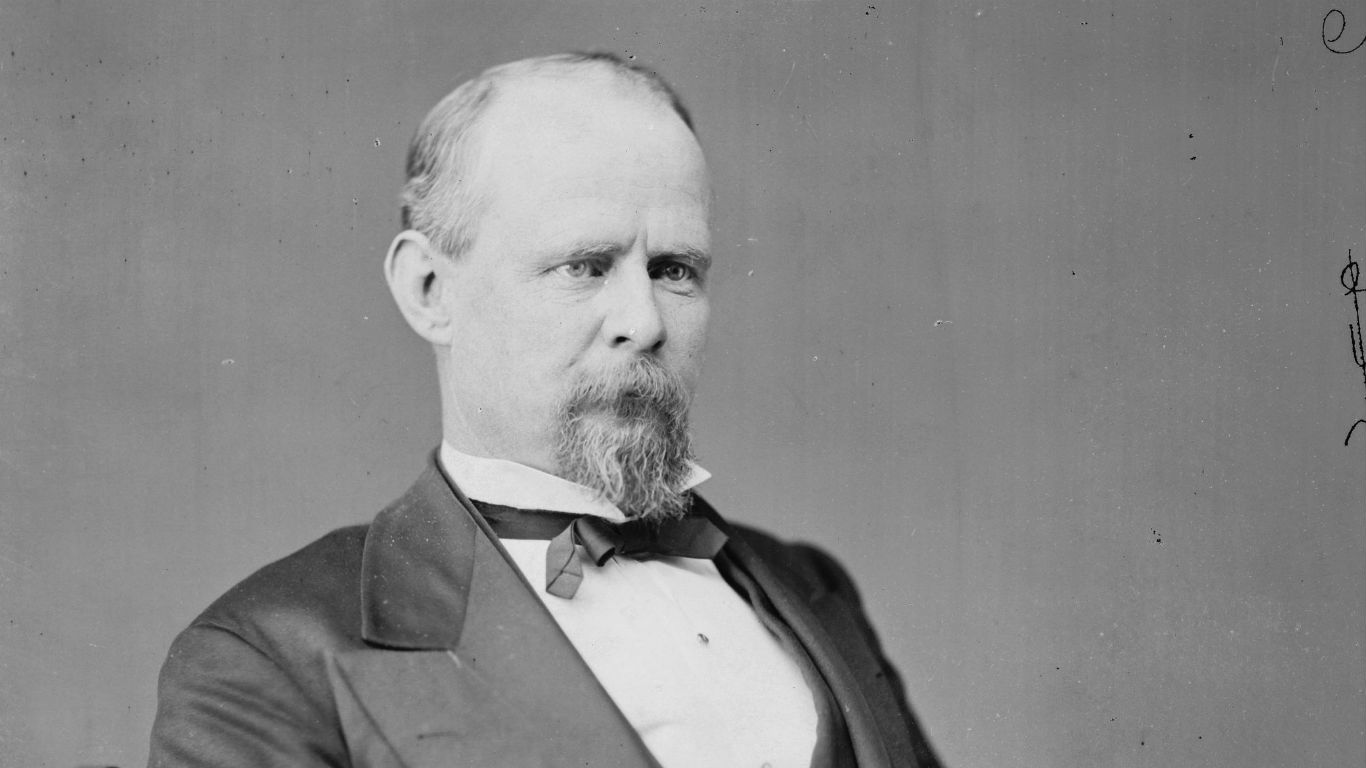
Party: Democratic
In office: 1893-97
Lost elections: 1896 (not selected at the convention)
Adlai Stevenson served as Vice President of the United States under Grover Cleveland for one term. While many vice presidents don’t hold the job in high regard, Stevenson seemed to enjoy the position and was well-regarded in Washington as a moderating influence. He received a handful of votes in the 1896 Democratic Convention but ultimately threw his support behind William Jennings Bryan. After Bryan’s loss in the general election, Stevenson became his running mate for his second of three unsuccessful attempts in 1900.
His grandson and namesake also sought the presidency in 1952 and 1956 but lost decisively to Dwight D. Eisenhower both times.
5 – Charles Warren Fairbanks
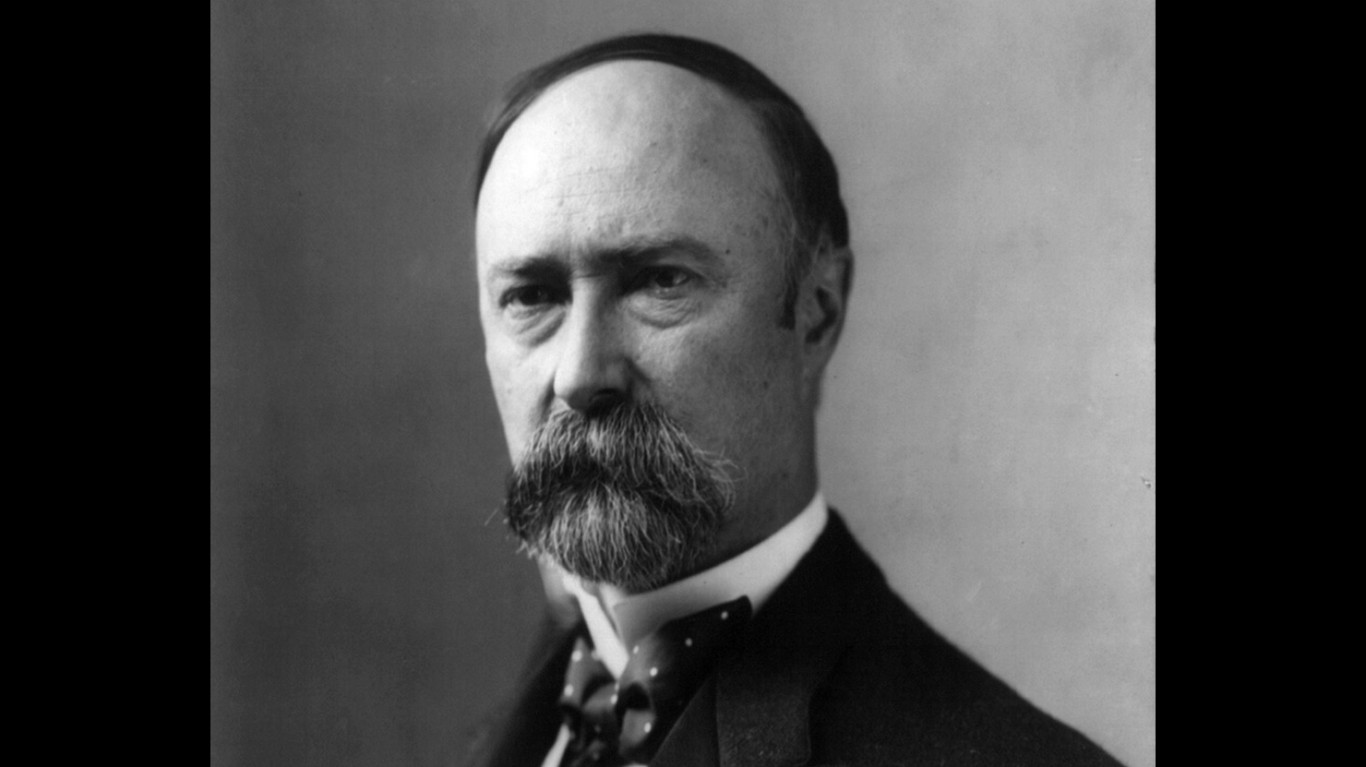
Party: Republican
In office: 1905-09
Lost election: 1916 (not selected, lost as Charles Evans Hughes’ running mate)
In 1904, Theodore Roosevelt selected Charles W. Fairbanks as a concession to the more conservative members of the Republican Party for his re-election bid. A former vice president himself, Roosevelt never bothered to select a second for his first term. Despite his own frustrations as a sidelined vice president under William McKinley, Roosevelt gave Fairbanks the same treatment.
The two were often at odds, and a political commentator dubbed them the “hot tamale and the Indiana icicle.” Given the frosty relations with the fiercely popular Roosevelt, Fairbanks was overlooked as his potential successor in 1909. He made another attempt at the top prize in 1916 and even appealed to Roosevelt for support but was “flatly refused” by his former boss.
He was ultimately chosen to be the victor, Charles E. Hughes’s running mate in the general election. However, Hughes and Fairbanks narrowly lost to Woodrow Wilson. The incumbent ran on his record of keeping the United States out of World War One. However, just a few months after Wilson was sworn in, the US joined the war in April 1917.
6 – Thomas Riley Marshall
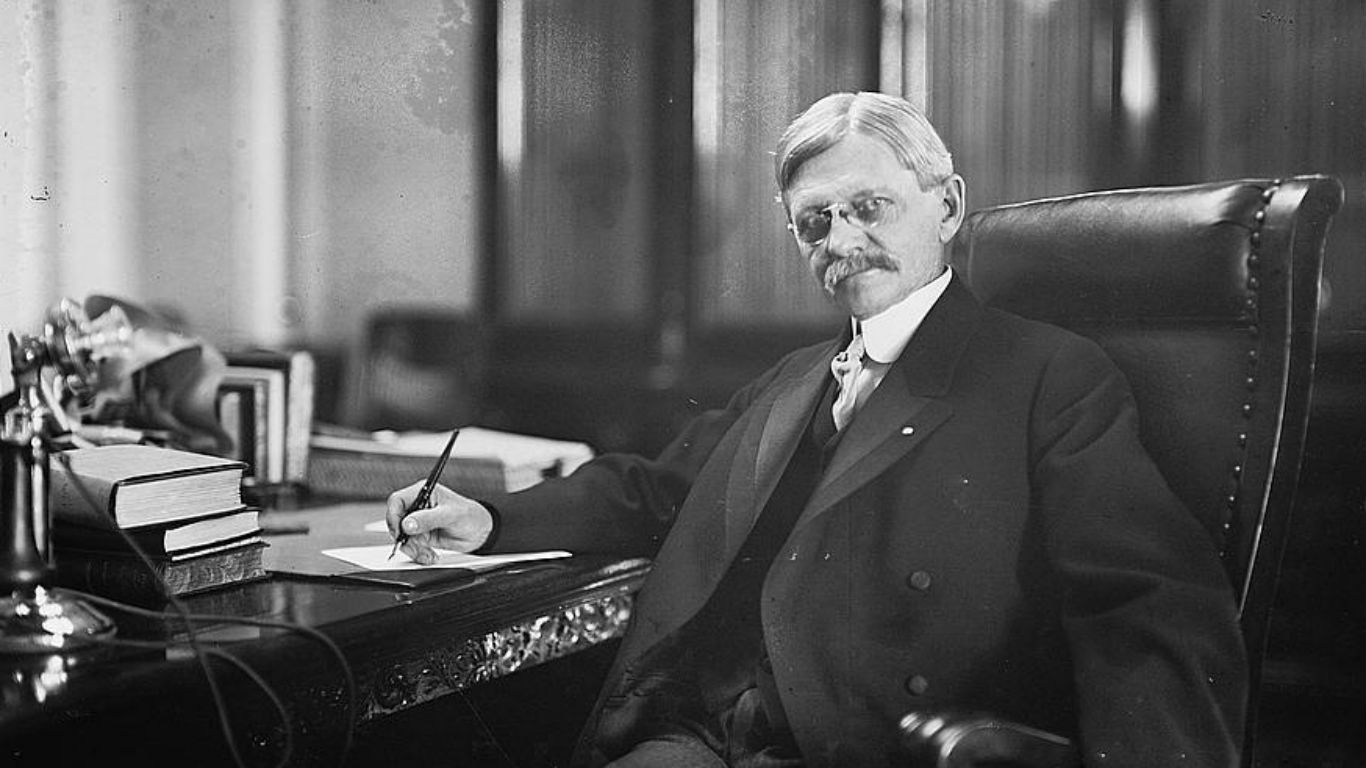
Party: Democratic
In office: 1913-21
Lost election: 1920 (not selected at the convention)
Thomas R. Marshall served as Woodrow Wilson’s vice president for two terms, although the two didn’t always see eye to eye. After Wilson suffered a stroke in 1919, he was incapacitated, and his wife Edith and a select few close advisors kept things running. Marshall wouldn’t force the issue of succession, given the lack of constitutional guidelines (the twenty-fifth amendment wasn’t passed until 1965).
Marshall made a bid for the presidency in 1920 but failed to gain much ground at the convention and dropped out after the 14th ballot. James Cox and a young Franklin Delano Roosevelt won the nomination but lost in the general. Interestingly, Cox was the only person on the 1920 ballot not to become President of the United States.
7 – Henry Agard Wallace
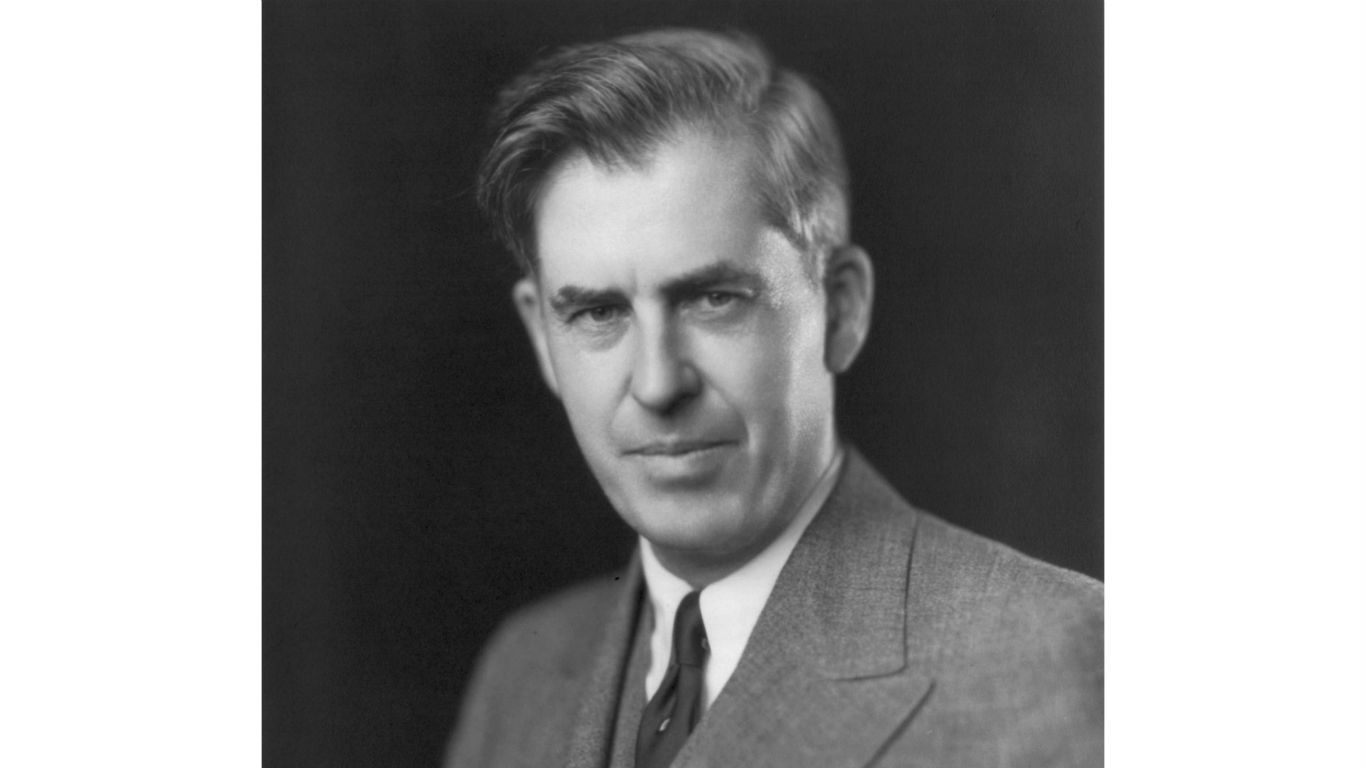
Party: Democratic
In office: 1941-45
Lost election: 1948 (as a Progressive Party candidate)
Henry Wallace was chosen as Franklin Delano Roosevelt’s running mate for the president’s unprecedented bid for a third term. The pair succeeded, and Wallace was an energetic and loyal wartime vice president. However, his left-wing views clashed with those of more conservative-leaning party members, and he was dropped from the 1944 ticket in favor of Harry Truman. He remained in Roosevelt’s cabinet but was sidelined after Truman’s succession in 1945.
He ultimately ran as a candidate for the Progressive Party in 1948, but his platform was out of step with American public opinion at a time of rampant anti-Soviet sentiment. Despite a vigorous campaign, Wallace finished a distant fourth with no Electoral Votes.
8- Hubert Horatio Humphrey

Party: Democratic
In office: 1965-69
Lost elections: 1960, 1968, 1972 (did not advance from the primaries in 1960 or 1972)
Minnesota’s Hubert Humphrey made his first presidential bid in 1960, but his down-to-earth approach was no match for the glamor of the Kennedy family on the campaign trail. Humbled by the defeat, he saw the vice presidency as a more realistic path to the top job. He successfully campaigned to become Lydon Johnson’s running mate in 1964, and the pair won a decisive victory in the general election.
Humphrey was an active and effective vice president who drew on his experience as an effective legislator in the Senate to support Johnson’s domestic agenda. However, events in Vietnam overshadowed the administration’s progress in tackling poverty and supporting civil rights. Ultimately, his support for the war turned many liberal voters against him as he secured the party’s nomination in 1968. In the general election, he lost to Richard Nixon, another ex-vice president.
He made one last attempt to secure the presidency in 1972 but lost out to George McGovern. He at least avoided the crushing defeat Nixon dealt to McGovern; it remains the last time Minnesota chose the Republican candidate.
9 – Walter Frederick Mondale
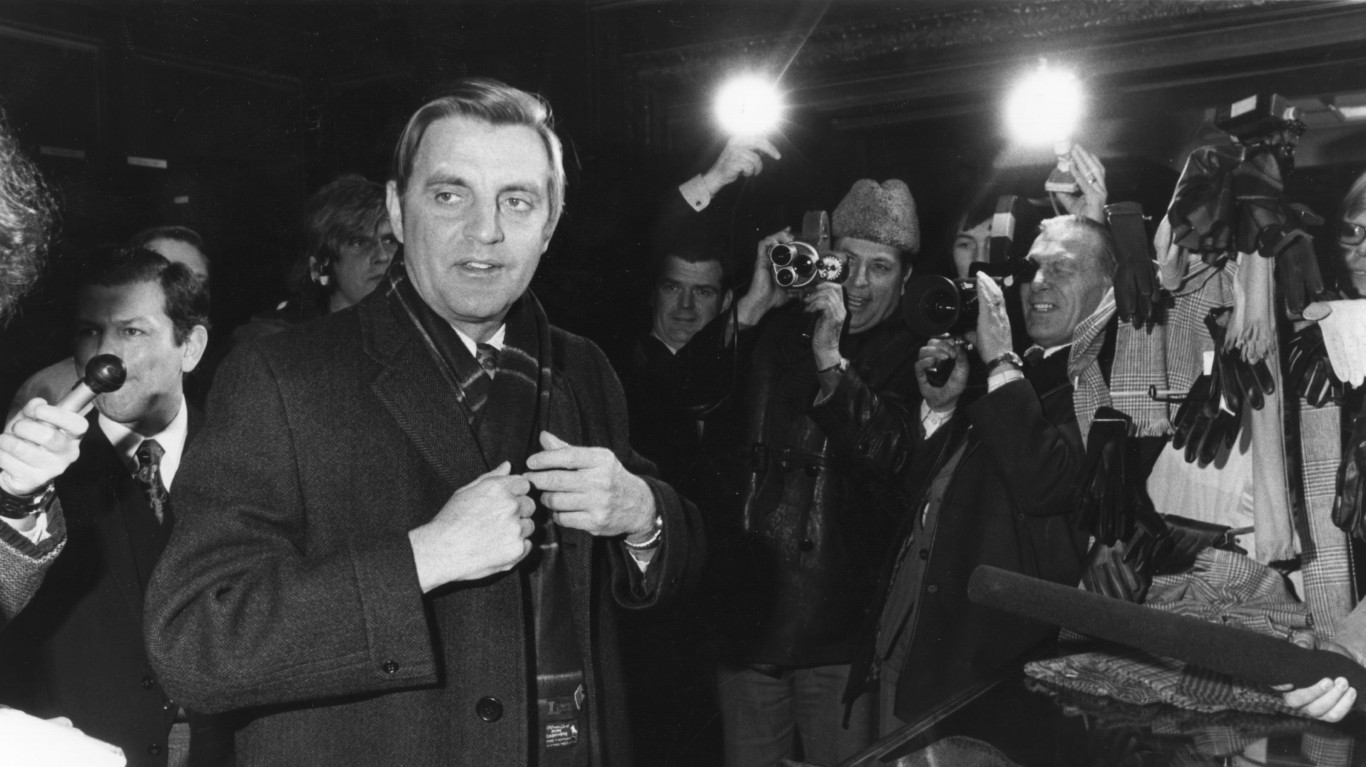
Party: Democratic
In office: 1977-81
Lost election: 1984
Walter Mondale was Jimmy Carter’s running mate in 1976 when the Democrats capitalized on the fallout from the Watergate scandal. Mondale can be seen as the first modern vice president in the sense he had an office in the White House and was an active member of the administration. He traveled extensively to promote the president’s agenda and met with Carter each week.
Unfortunately for Carter and Mondale, Ronald Reagan’s rise would consign them to a single term. Mondale secured his party’s nomination in 1984 after seeing off a spirited challenge by Colorado’s Gary Hart. He chose Geraldine Ferraro as his running mate, the first woman to be nominated by a major party. However, against a popular incumbent, Mondale was soundly trashed in the most lopsided contested election since Alf Landon was blown out by FDR in 1936.
10 – Dan Quayle
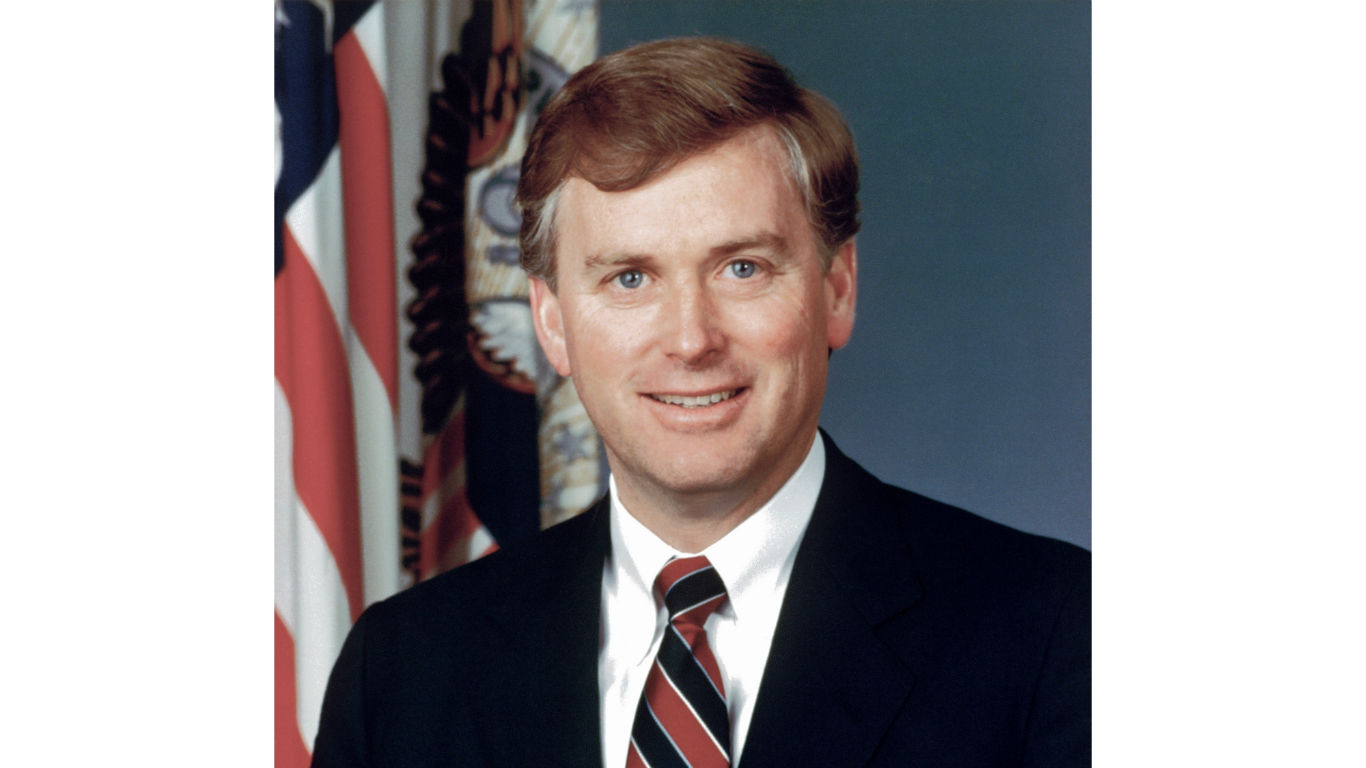
Party: Republican
In office: 1989-93
Lost election: 2000 (did not advance from the primary)
Dan Quayle was a controversial choice of running mate for George H. W. Bush’s 1988 bid for the White House. Quayle’s relative inexperience and inelegant manner of speaking made him prone to making several embarrassing gaffes during the campaign. Still, despite a memorable soundbite, “Senator, you’re no Jack Kennedy,” made at his expense during a vice presidential debate with Lloyd Bentsen, Bush and Quayle won the election with room to spare.
Qualye fared a little better, spelling aside, in the 1992 campaign but ultimately lost out to Bill Clinton and Al Gore. Quayle briefly returned to the national scene in the run-up to the 2000 election. However, his long-shot aim for the White House failed to gain much traction. Ordinarily, a former vice president might expect the support of his old president, but in 2000, George H. W. Bush’s son was the frontrunner.
11- Al Gore
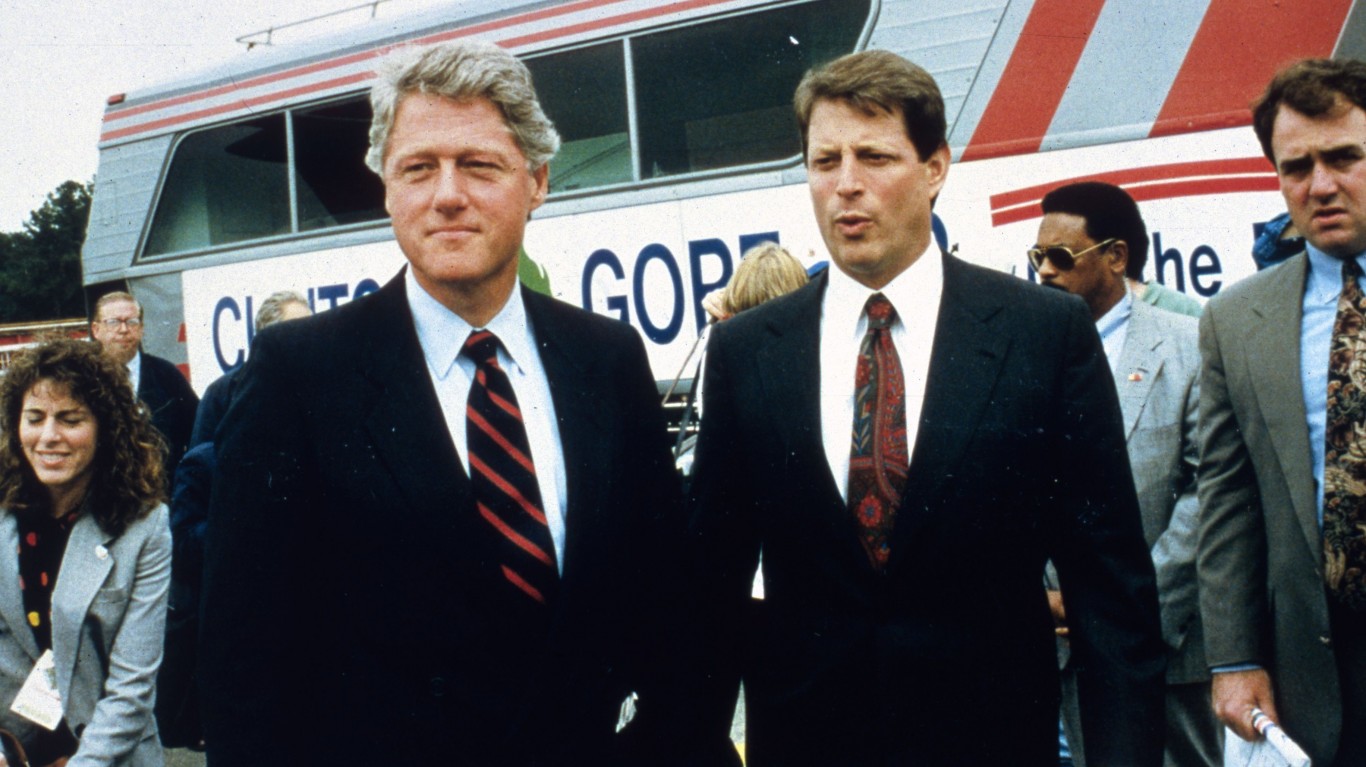
Party: Democratic
In office: 1993-2001
Lost election: 2000
Al Gore first ran for president in 1988 but fell short. Gore was chosen to be Bill Clinton’s running mate in the next race, flouting conventional. Gore is only two years younger than Clinton and from a neighboring state. Yet the two young, southern candidates ended the Republican stranglehold on the presidency.
Gore was an active member of the Clinton administration and was pivotal in many of its economic successes. Two easily won re-election in 1996. However, in his own run in 2000, Gore exemplified the essential problem of a vice president running for the top job. The Lewinsky scandal overshadowed Bill Clinton’s second term and had a knock-on effect on Gore’s prospects. He struggled to thread the needle of running on a strong economic record while avoiding the taint of the administration’s low moments.
In the end, Gore won the popular vote but lost by the tightest of margins in Florida in a hotly disputed recount and lost the Electoral College.
12 – Mike Pence
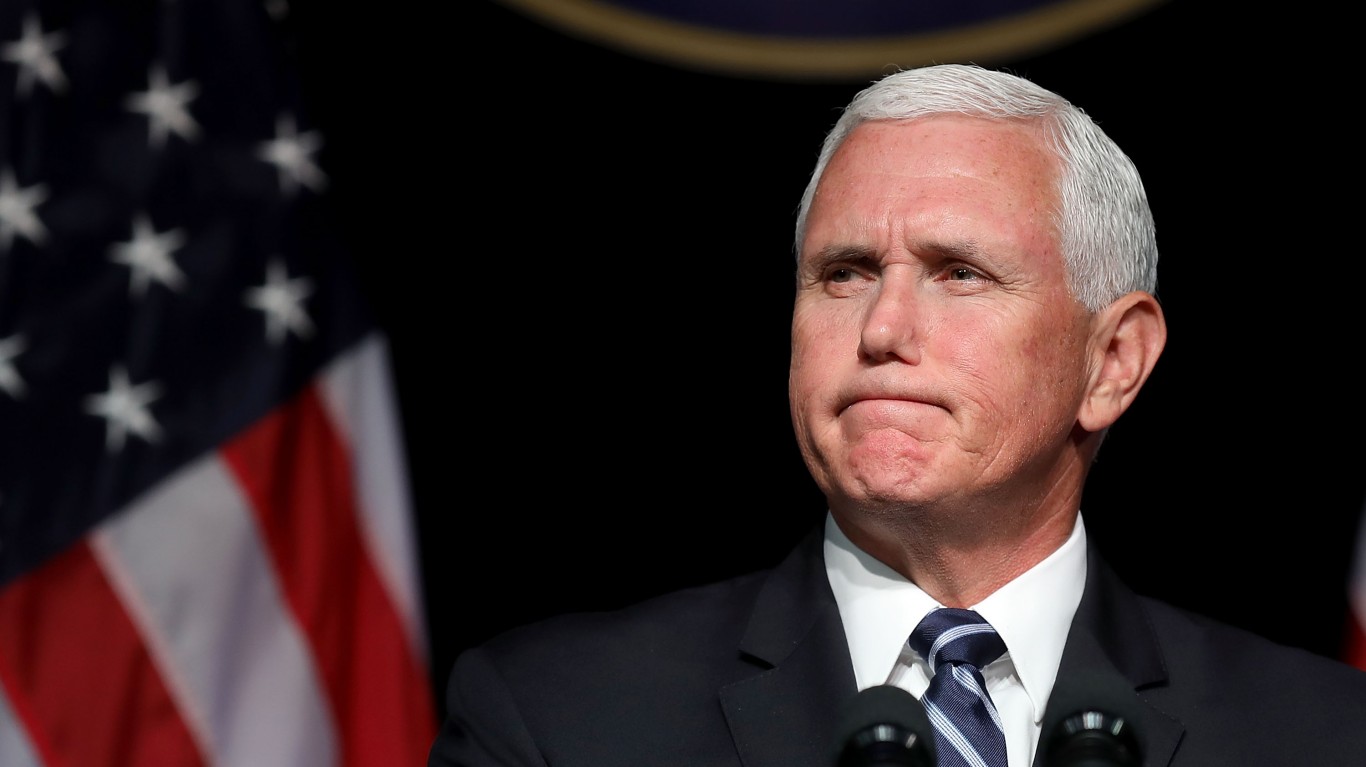
Party: Republican
In office: 2017-21
Lost election: 2024 (did not advance from the primary)
Mike Pence joined the Trump campaign in 2016 to shore up the evangelical base and provide experience and moderation to the ticket. After the stunning upset victory, Pence was largely relegated to a background role in the administration. He cast the tie-breaking vote in the Senate to confirm Betsy DeVos’s nomination as Secretary of Education, a rarity for cabinet appointments.
Pence stood up to Trump in the aftermath of the 2020 election by refusing to overturn the results, something he was adamant he had “no right to do.” The incident caused a permanent rift between the two. Pence announced his bid for the presidency in June 2023 but gained little traction and withdrew from the race in October.
13 – Kamala Harris
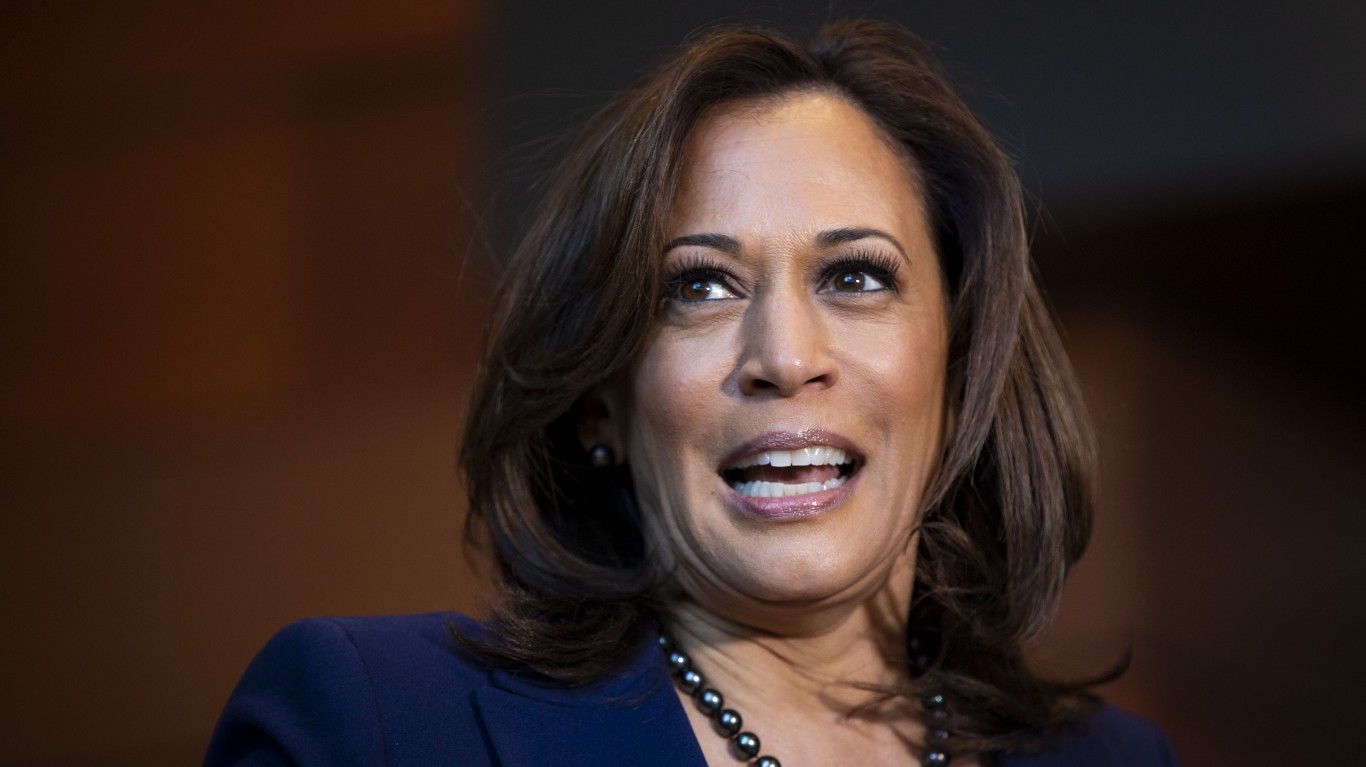
Party: Democratic
In office: 2021-25
Lost election: 2024
Kamala Harris entered a crowded 2020 Democratic primary but withdrew before voting began after her campaign failed to take off. Eventual winner Joe Biden chose Harris as his running mate for his successful general election run. In her role as vice president, Harris has cast more tie-breaking votes than any other in history.
Biden initially sought reelection despite earlier pledges suggesting he’d serve one term. Biden withdrew from the race after a disastrous debate performance ignited concerns over his age. Harris was appointed rather than elected as the nominee in August 2024, with the primaries already over.
Harris struggled to distance herself from Biden’s low approval rating and made strategic decisions that alienated the party’s base. She campaigned with Liz Cheney in a “country over party” pitch that was supposed to entice moderate Republicans to switch sides but was a complete failure. Precious time and resources were squandered chasing a non-existent voting bloc. Her campaign message failed to resonate with a public that was deeply concerned about the economy.
Replacing an unpopular incumbent at the eleventh hour was always going to be a tall order, but the flaws of the Harris campaign will be a case study of what not to do in a presidential race for generations to come.
Conclusion

The path from vice president to president is short, but relatively few succeed in traversing it. On the surface, the vice presidency seems the perfect springboard to the presidency, but the majority of vice presidents who ascended owe their promotion to the Grim Reaper. Though it has been over sixty years since a president died in office, death is still the most common way for a vice president to assume the top job.
Vice presidents have the problem of emerging from the shadow of the president they served under and are tainted by their predecessor’s failures and scandals. Incumbency is usually an advantage for a sitting president, but the public’s appetite for more of the same is often reduced after two terms. Al Gore suffered from Clinton fatigue in his run, and Kamala Harris couldn’t convince the same voters who chose Biden in 2020 to stick with her in 2024. For others, being an effective second like Humphrey, Mondale, or Wallace does not translate into electoral success on the big stage.
Get Ready To Retire (Sponsored)
Start by taking a quick retirement quiz from SmartAsset that will match you with up to 3 financial advisors that serve your area and beyond in 5 minutes, or less.
Each advisor has been vetted by SmartAsset and is held to a fiduciary standard to act in your best interests.
Here’s how it works:
1. Answer SmartAsset advisor match quiz
2. Review your pre-screened matches at your leisure. Check out the advisors’ profiles.
3. Speak with advisors at no cost to you. Have an introductory call on the phone or introduction in person and choose whom to work with in the future
Thank you for reading! Have some feedback for us?
Contact the 24/7 Wall St. editorial team.
